Collectors
18th Century Beginnings
John Martyn (1699-1768)
John Martyn (1699-1768) was an English physician and botanist. He began his career in business, clerking for his merchant father but his interests soon strayed to botany. His early botanical influences were rooted in medicinal botany, consisting of trips to the Chelsea Physic Garden and friendships with botanically-minded apothecaries and physicians.
Martyn’s work led to his appointment as Cambridge’s second Professor of Botany in 1733. He held this position until he retired in 1762, at which point he donated his personal herbarium (his “Hortus Siccus” or “Dry Garden”) and botanical library to the University. These he had built up over decades, acquiring books and specimens from correspondents around the world. We do not know the exact size of Martyn’s herbarium at the time it was donated, but it numbered several thousand sheets, and the oldest date recorded on a surviving specimen is 1703.
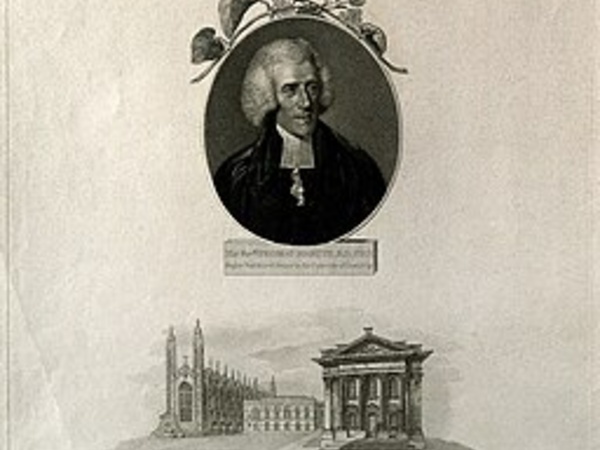
Thomas Martyn (1699-1768)
Thomas Martyn succeeeded his father as Professor of Botany in 1762 and held the position for 60 years. Like his father before him, Thomas maintained a network of botanical contacts to source material for the herbarium and the newly established Botanic Garden. Among his acquisitions were duplicate herbarium specimens from Captain James Cook’s first voyage to the South Pacific, received from Joseph Banks (1743-1820). Thomas Martyn also took great care in curating his father's herbarium: he added Linnean binomial (genus and species) names to many of the thousands of specimens and on some he even included page references for Carl Linnaeus’ Species Plantarum.
Thomas Martyn was absent from Cambridge throughout the later years of his tenure and, left uncared for, the herbarium succumbed to pests and damp. It was his successor, John Stevens Henslow, who rescued the collection, salvaging more than 3,000 specimens. Today the Martyn collection has around 2,500 specimen sheets, forming the historic core of the Cambridge Herbarium.
19th Century
Through the 19th Century, the herbarium grew and blossomed. Under successive professors of botany, John Stevens Henslow and Charles Cardale Babington, the herbarium underwent significant expansion. Our 19th Century collections are the focus of many of our specimen enquiries, owing to the richness of type specimens and the insights they can offer into important scientific figures.
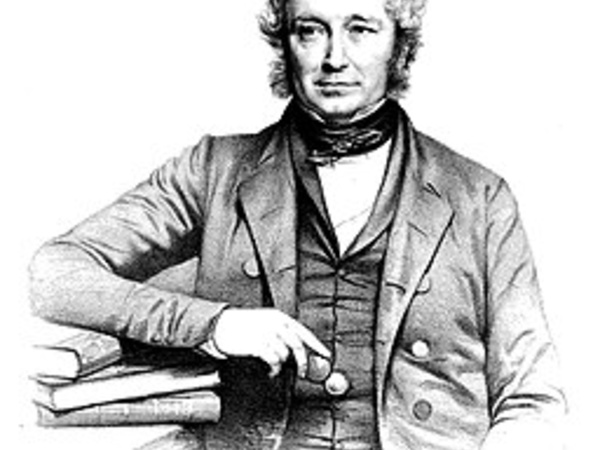
John Stevens Henslow (1796-1861)
In 1825, botany at Cambridge was in a sorry state. The last Professor of Botany had not lived or taught in Cambridge for three decades and the Herbarium, neglected by the University, had been attacked by pests and damp. Enter John Stevens Henslow. The young, energetic new professor ushered in a new era of botany at the University, in which the Herbarium played a key role. It is thanks to his efforts that the Herbarium holds some of its most valuable historical collections, including specimens collected by Charles Darwin during the Voyage of HMS Beagle.
Henslow’s teaching methods were highly innovative and soon gained him an enthusiastic following. His lectures featured real plant specimens and large hand-drawn diagrams, accompanied by practical classes in the Botanic Garden and local countryside. It’s fair to say that our herbarium would not exist in its current state without the Henslow’s efforts.
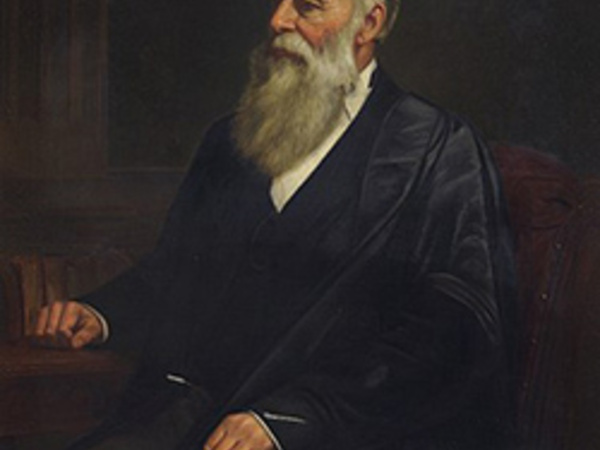
Charles Cardale Babington (1808–1895)
Cambridge University Herbarium is remarkable for the size and the quality of the collections. One of the key figures responsible for this was Charles Cardale Babington. Babington oversaw many changes to the Herbarium during his tenure as Cambridge’s fifth Professor of Botany. He acquired some of the Herbarium’s most valuable collections, assembling a world-class resource for botanical research.
Babington oversaw a period of significant growth for the University Herbarium, thanks to several large purchases, bequests and the incorporation of Babington’s personal Herbarium (c 55,000 sheets) and superb botanical library. Among his major acquisitions were the herbaria of John Lindley (1799-1865), Charles Fox Bunbury (1809-1886), John Edward (1800-1875) and Maria Emma Gray (1787-1876) and Leon Gaston Genevier (1830-1880). The Herbarium also underwent several organisational changes during Babington’s tenure. The post of Herbarium Curator was established in 1880, with the appointment of William Hillhouse. In the 1890s, fourth curator Isaac Henry Burkill (1870-1965) reorganised the entire Herbarium in line with the taxonomic system of Bentham and Hooker’s Genera Plantarum (1862-1883).
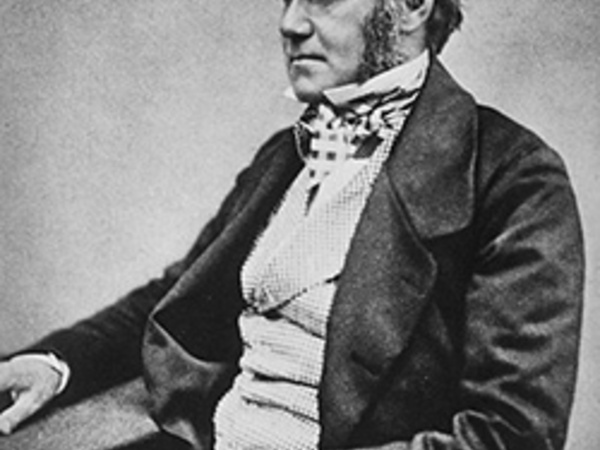
Charles Darwin (1809-1882)
In 1831, a physician’s son from Shropshire went on an expedition to explore the world. The ideas Charles Darwin returned with would revolutionise our understanding of all life on earth. As he explored and discovered, he collected; nearly 200 years later, much of the collected material still exists.
As a student, Darwin consistently attended Henslow’s lectures and excursions around Cambridgeshire, so much so that he became known as “the man who walks with Henslow”. Many of the plant specimens collected on these trips went into Henslow’s collection and are still in the University Herbarium. In late December 1831, armed with the knowledge bestowed by Henslow, Adam Sedgwick and others, Darwin set off on a life-changing voyage aboard HMS Beagle. The purpose of the voyage was to chart the coastline of South America to improve maritime navigation and Darwin joined to fulfil the dual roll of ship’s naturalist and companion to the captain. Almost all the plants collected by Darwin on the voyage of the Beagle are held here at the University of Cambridge University Herbarium - a botanical diary of that momentous voyage.
Darwin’s botanical legacy lives on in his texts and in the specimens still retained in the University Herbarium and other institutions. Our Darwin collection is one of our best studied and is still subject to frequent enquiries from researchers around the globe. Yet, we have found previously unrecorded Darwin specimens as recently as 2019, meaning there may still be more to discover...
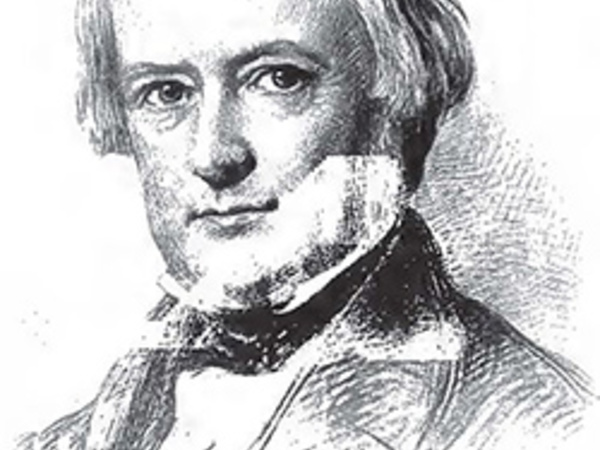
Charles Fox Bunbury (1809-1886)
In its own separate section of the University Herbarium sits the herbarium of Charles J.F. Bunbury. Numbering some 6,000 sheets, this collection was donated by his widow in 1886, on the condition that it was not amalgamated with the rest of the herbarium. It contains specimens from at least four continents - some collected by eminent 19th Century botanists - and many which were collected by members of his family, including several of his female relatives. His mother, Louisa, his wife, Fanny and Fanny’s sisters Katharine Lyell (1817-1915) and Mary Lyell (1808-1873), were all accomplished naturalists in their own right and supplied Bunbury with material for his herbarium.
Bunbury also acquired the herbaria of Charles Kingsley (1819-1875) and Francis King Eagle (1785–1856). The latter contains bryophytes from leading 19th Century bryologists including William Borrer, Hugh Davies, James Dickson, Edward Forster, William Gardiner, Joseph D. Hooker, William J. Hooker, Ellen Hutchins, Dawson Turner, William Wilson and Joseph Woods. To date, Bunbury’s collection has been little researched, meaning the full list of associated collectors is unknown.
Charles Morgan Lemann (1806-1852)
Charles Morgan Lemann was an English botanist and physician, educated at Trinity College, Cambridge. He collected plant specimens during trips to Madeira (1837-1838), Gibralta (1840-1841), Italy, Tenerife and Spain. He also amassed specimens from at least 100 other collectors. Lemann bequeathed his herbarium to Cambridge and prior to its arrival in 1860, the collection’s c. 50,000 specimens were meticulously named, arranged and labelled by George Bentham (1800-1884) over the course of seven years.
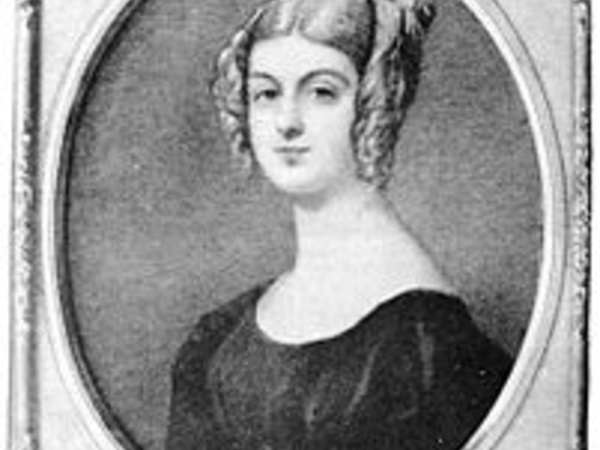
Georgiana Molloy (1805-1843)
Georgiana Molloy née Kennedy was a British amateur botanist, remembered for being one of the earliest and most skillful botanical collectors in Western Australia. She was born in Cumberland into a well-to-do family and as a child her interest in plants and gardening was encouraged by her father. At the age of 24 she married Captain John Molloy and the couple set sail on a 5-month journey to the southwest of Australia. This region would become Molloy’s home for the rest of her life and she would never set foot on English soil again.
Molloy devoted much of her time to observing and collecting the wild plants around her, and in 1836, she received a surprise letter from Captain John Mangles. Mangles was contacting botanical collectors in Western Australia to source local plants. Molloy collected seeds, sometimes with help from her husband, daughters or local Noongar people, and sent them to Mangles, accompanied by written descriptions of the plants and pressed hortus siccus specimens. Most of our Molloy specimens have come to us in the collection of Dr John Lindley, one of the recipients of Mangles’ acquisitions. Molloy's herbarium specimens survive to this day, preserved in some of the world’s leading collections.
20th-21st Century
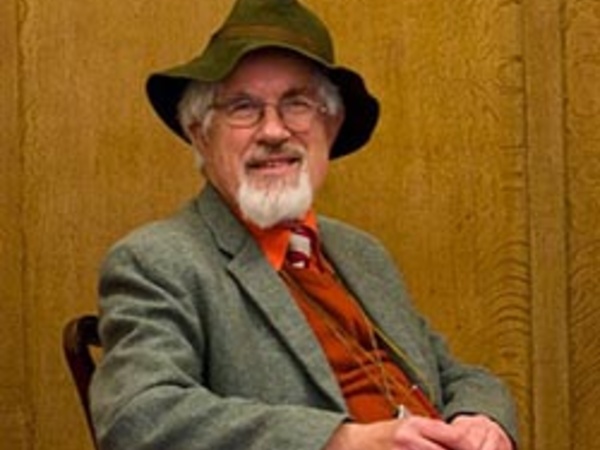
In the 20th century, several definitive botanical works were prepared using material in the University Herbarium collections, including Sell and Murell’s Flora of Britain and Ireland, and the five-volume Flora Europaea. The Herbarium continued to receive new material throughout the 20th century, with much of it collected by individuals who worked in the School of Botany (Department of Plant Sciences) or Herbarium.
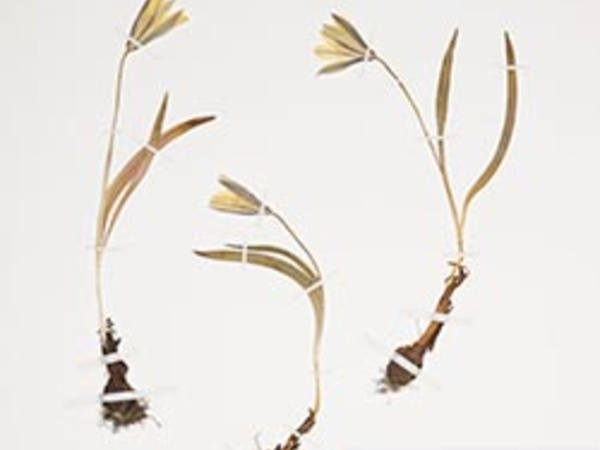
The University Herbarium holds a large number of specimens collected by the noted ecologist Oliver Rackham, as well as extensive collections curated by Peter Sell. Some of our most recent deposits include specimens of wild tulips from Kyrgyzstan collected as part of Brett Wilson's recent work on the taxonomy and evolutionary history of the genus Tulipa and its impact on conservation priorities in Central Asia.
Further reading about John and Thomas Martyn and the history of herbarium specimens in the context of 18th century British colonialism:
Preston, C. (2020). The abortive edition of John Martyn's Methodus plantarum circa Cantabrigiam nascentium (c.1729). Archives of Natural History, 47(1). https://doi.org/10.3366/anh.2020.0620
Rose, E.D., Gardiner, L.M. (2021). Networks of knowledge: The library and herbarium of John Martyn at Cambridge. Pulse, 48, 6-8. https://ca1-tls.edcdn.com/2021_48_DoubleIssue_July_Pulse.pdf
Rose, E.D. (2023). Empire and the theology of nature in the Cambridge Botanic Garden, 1760-1825. Journal of British Studies, 1-32. doi:10.1017/jbr.2023.10
